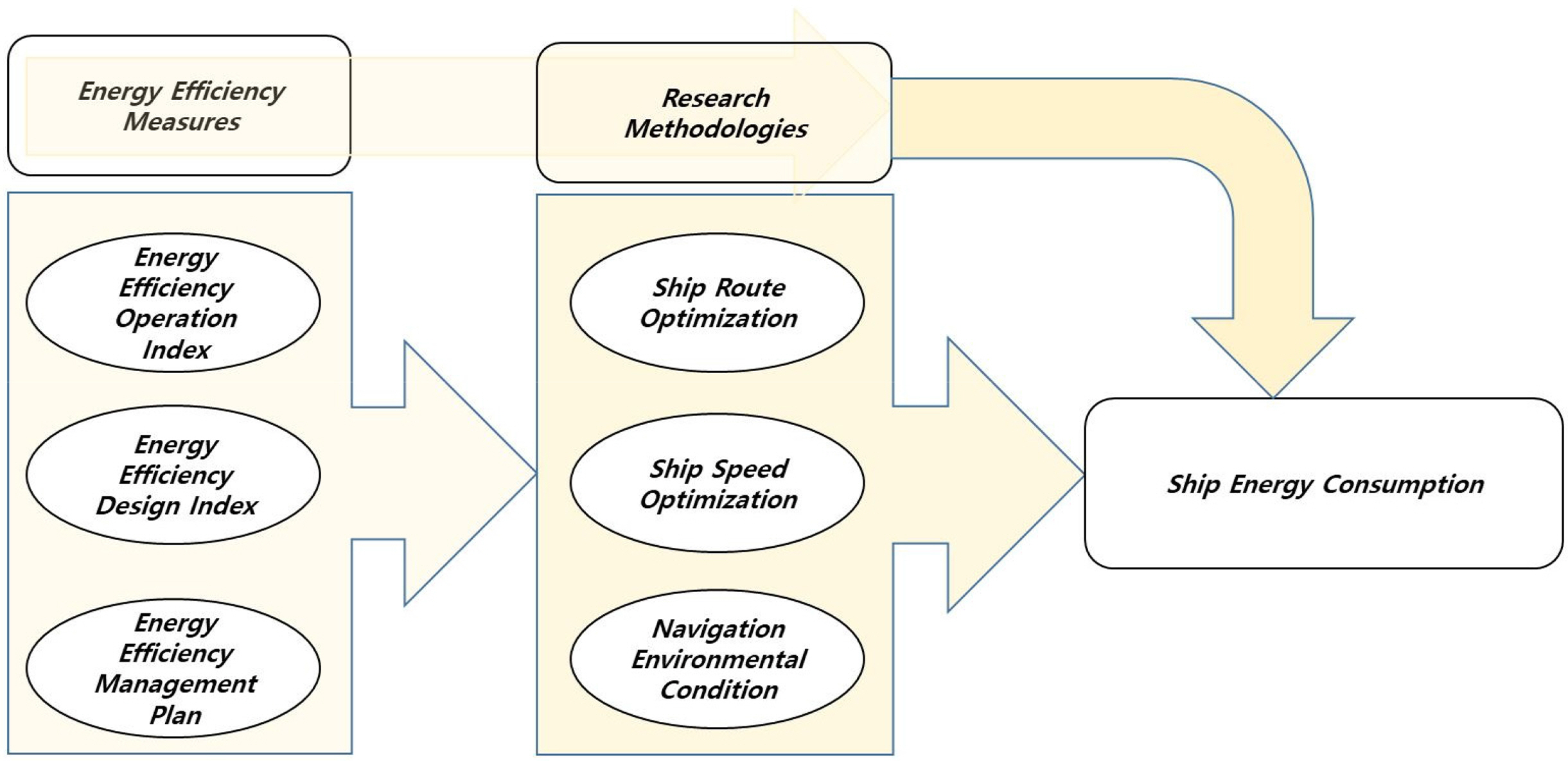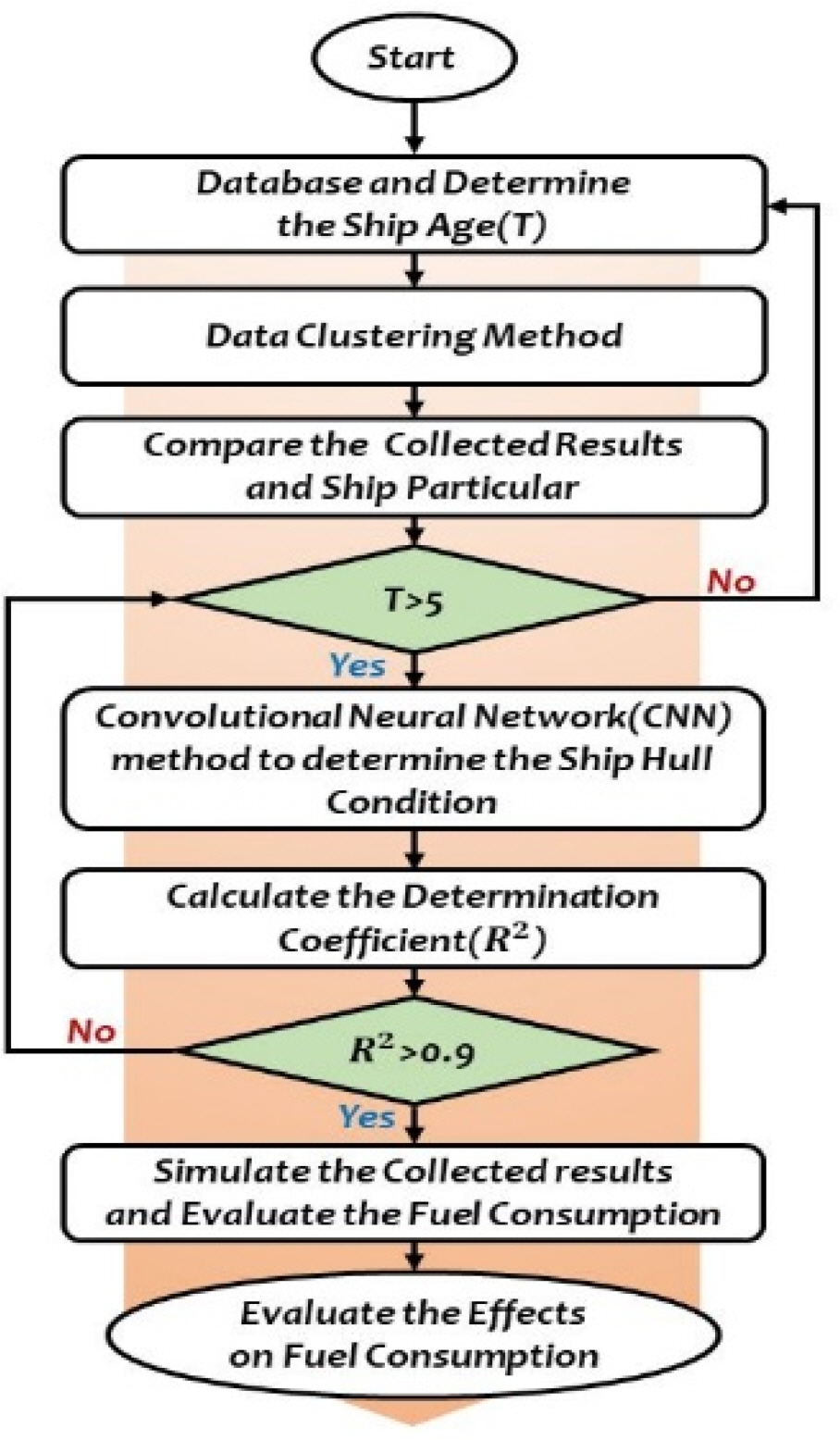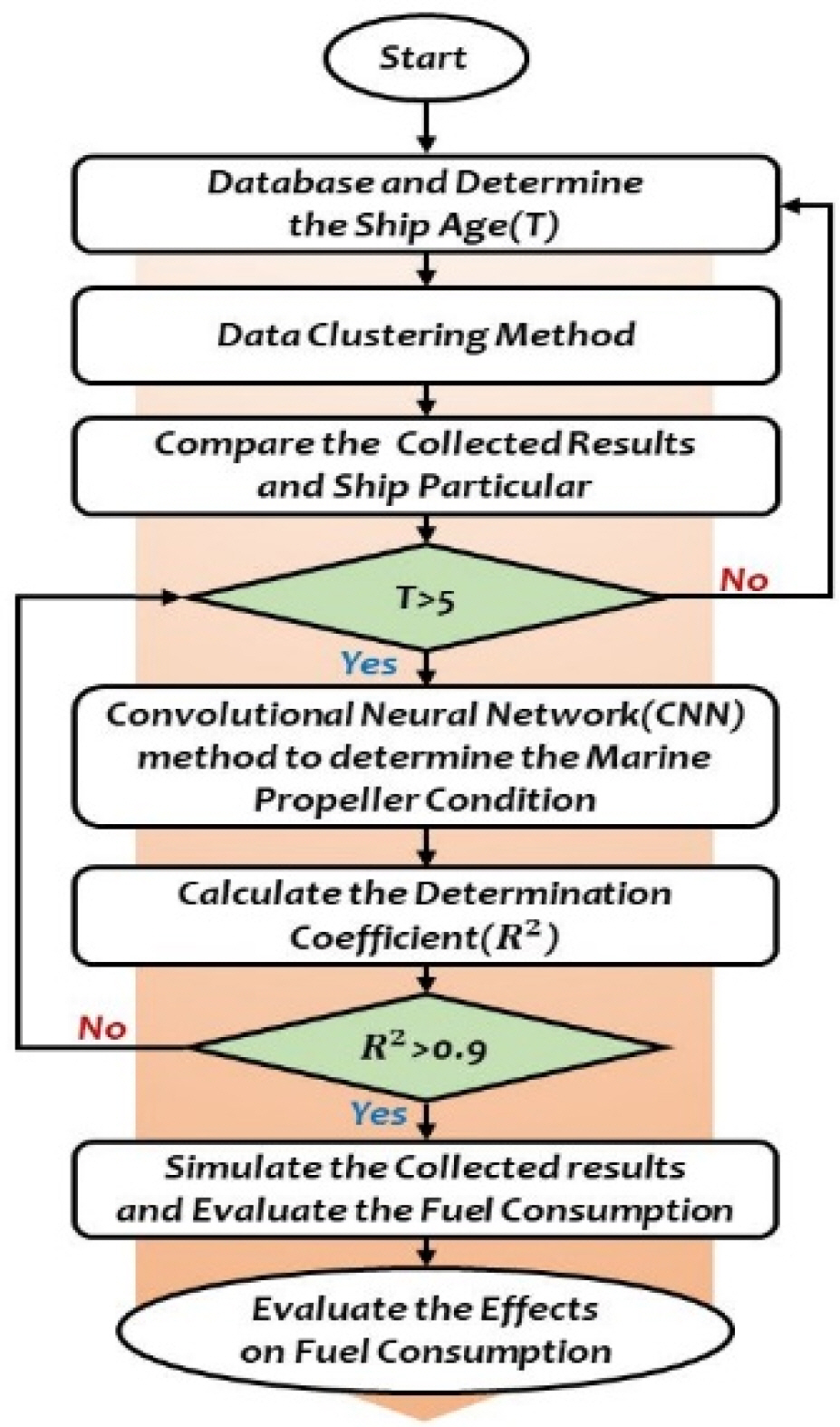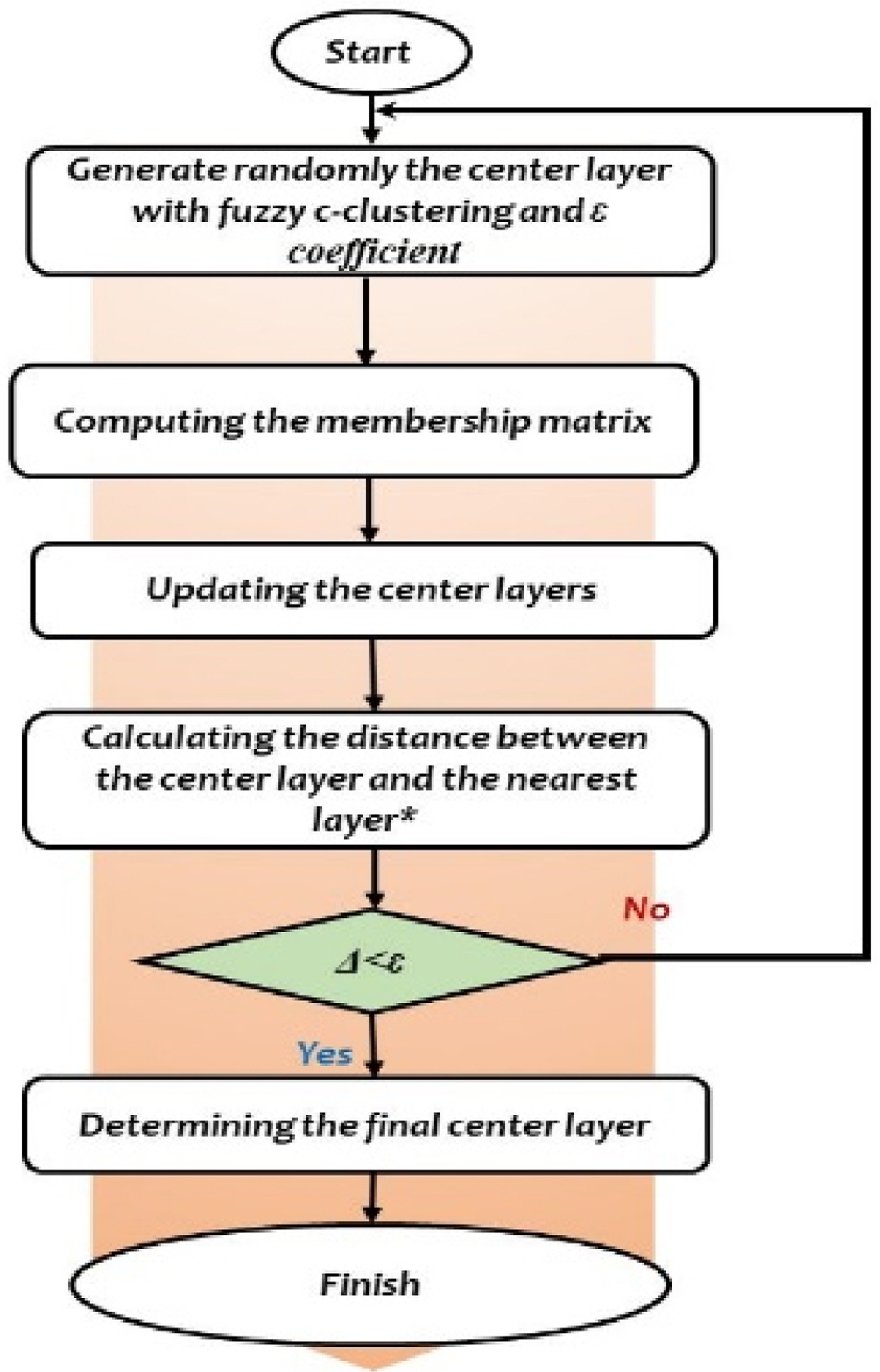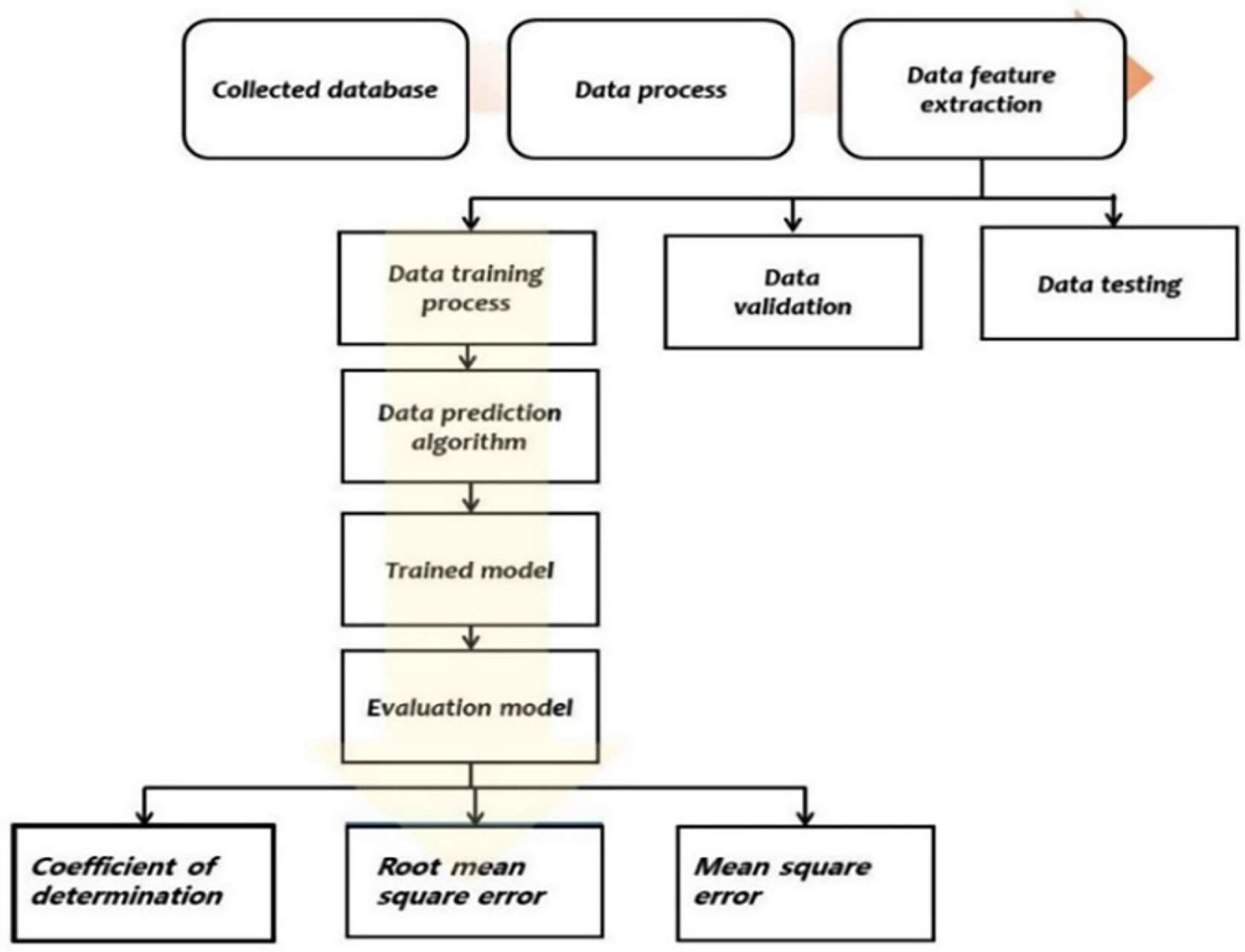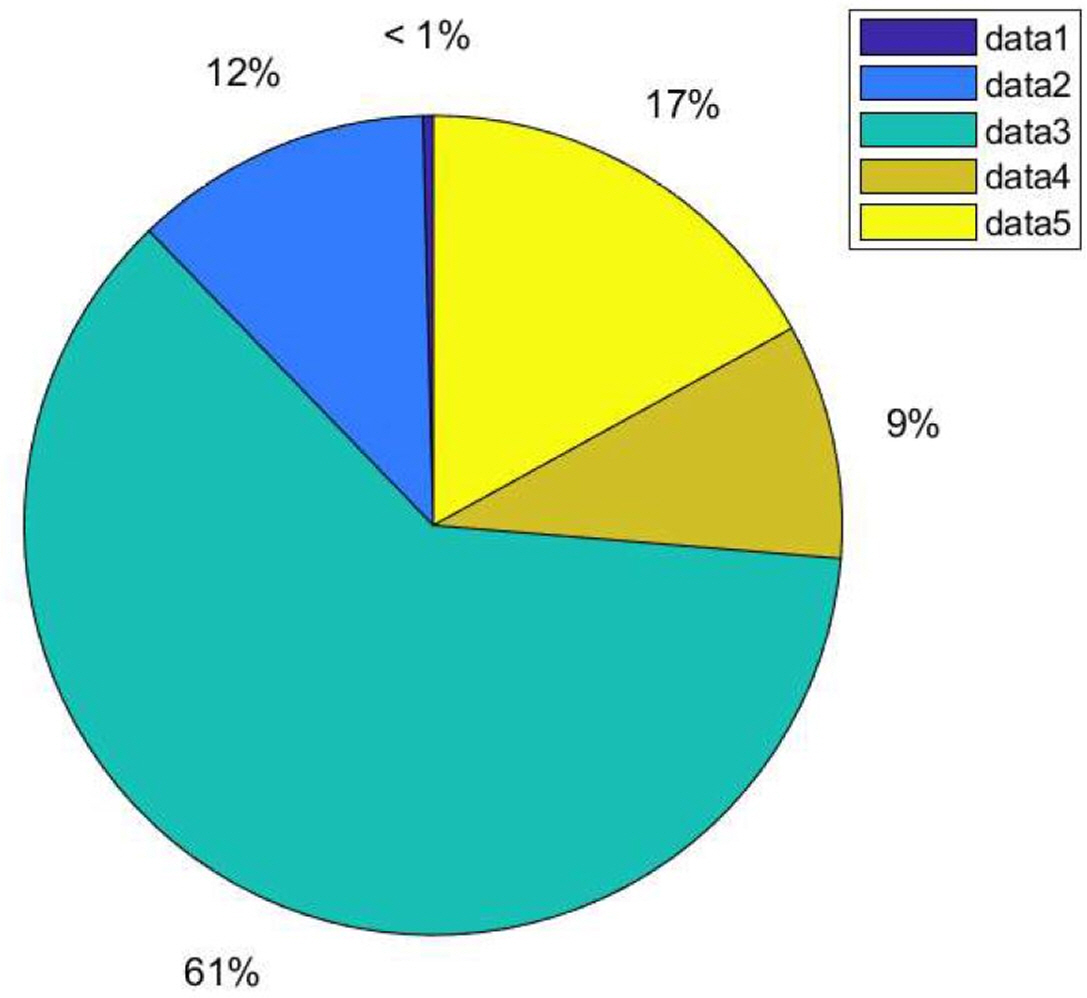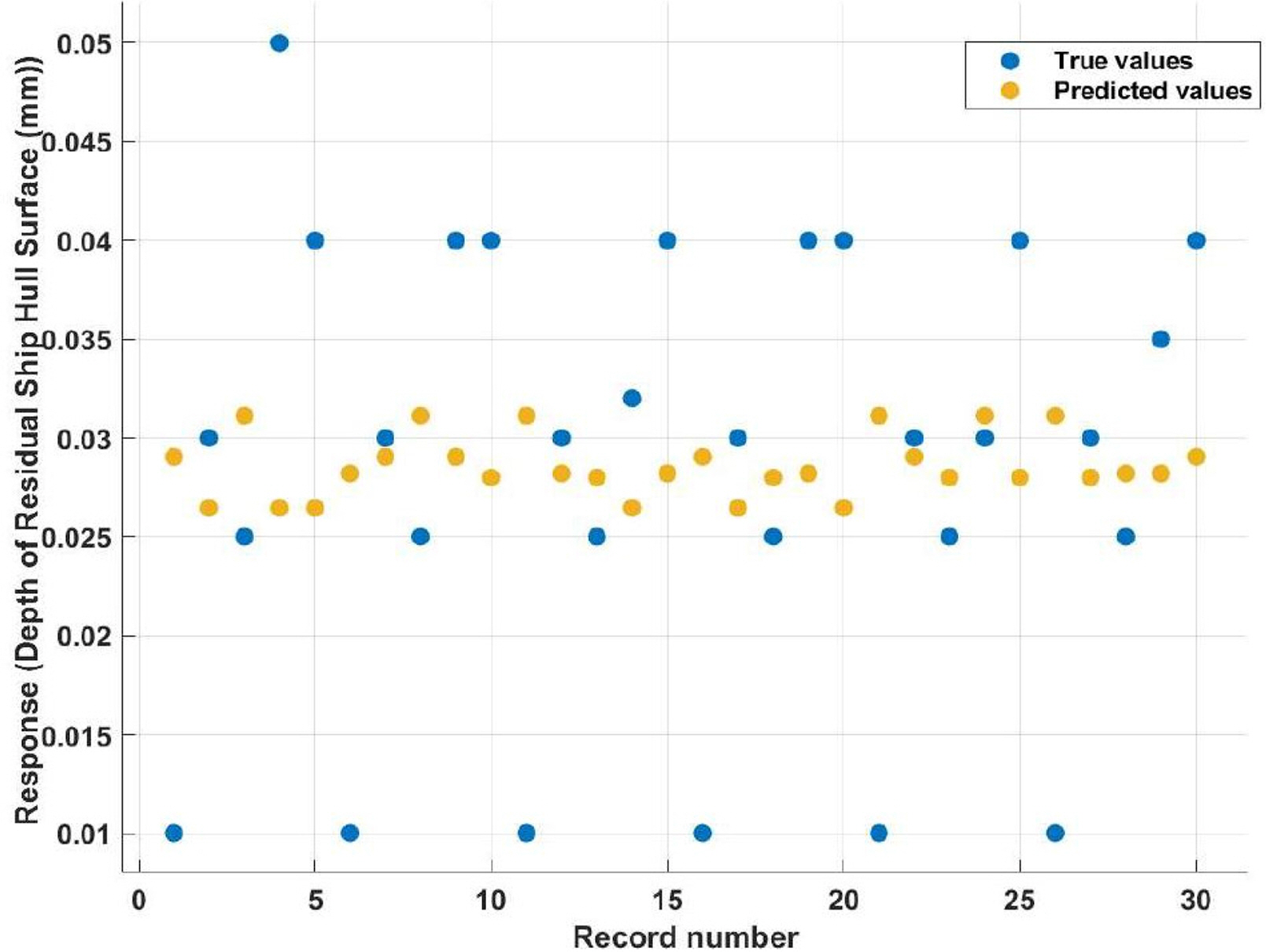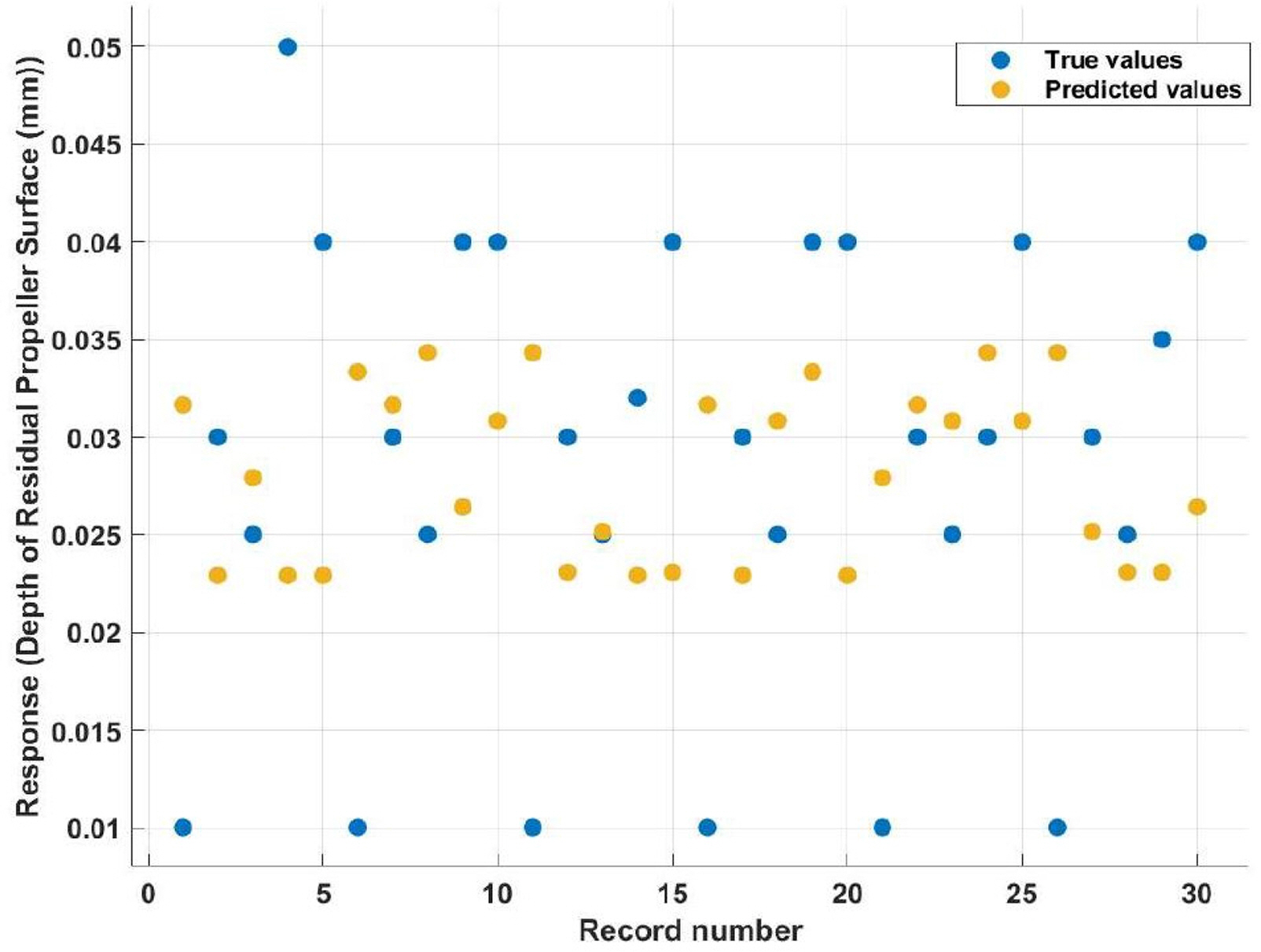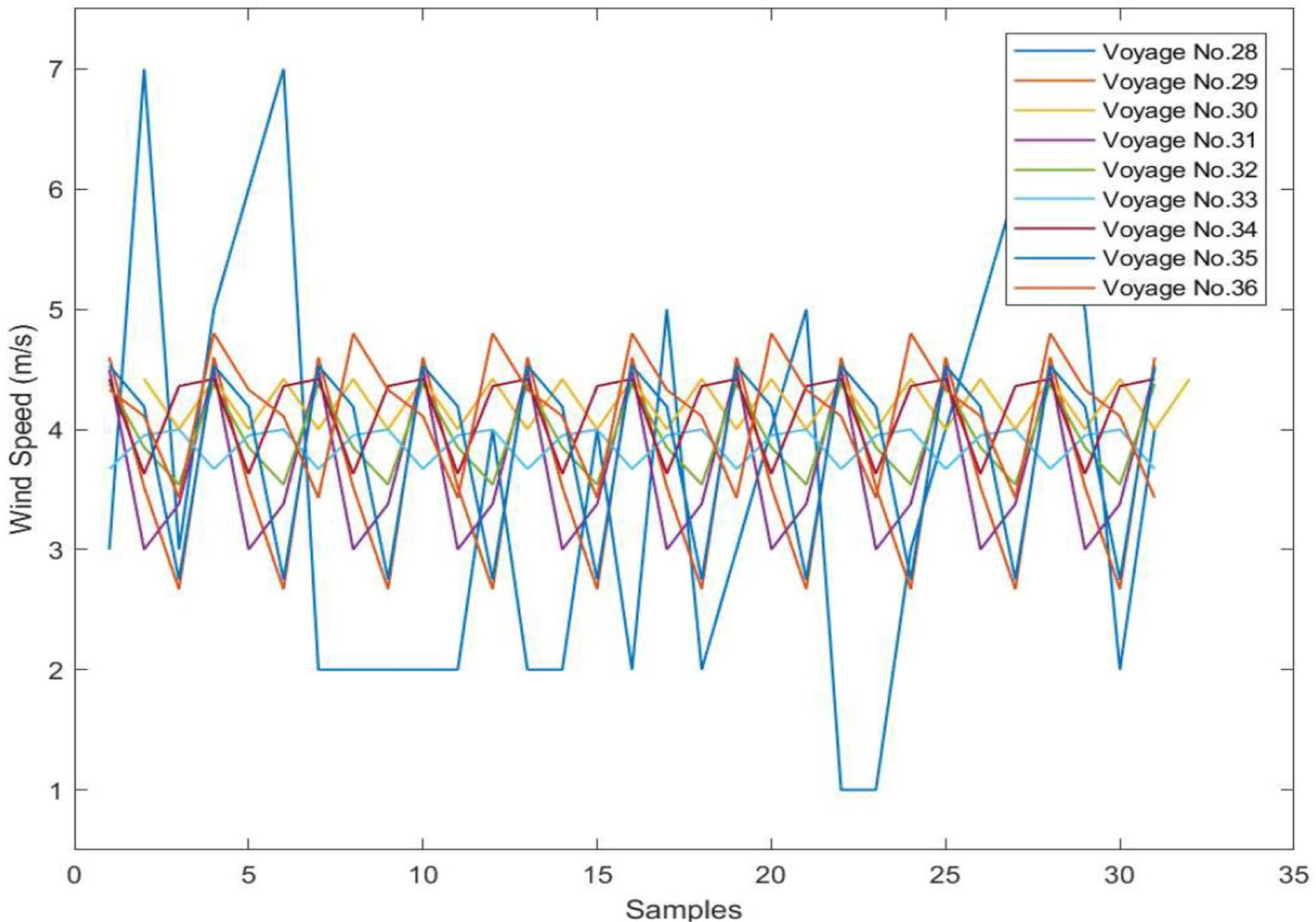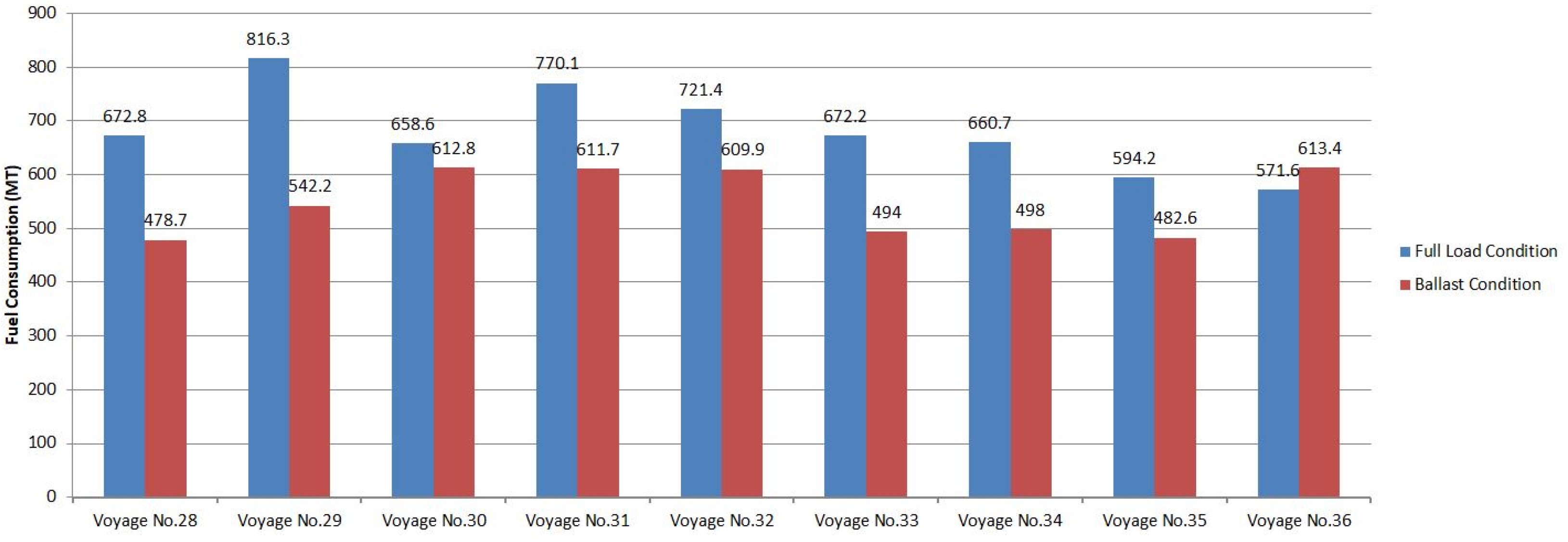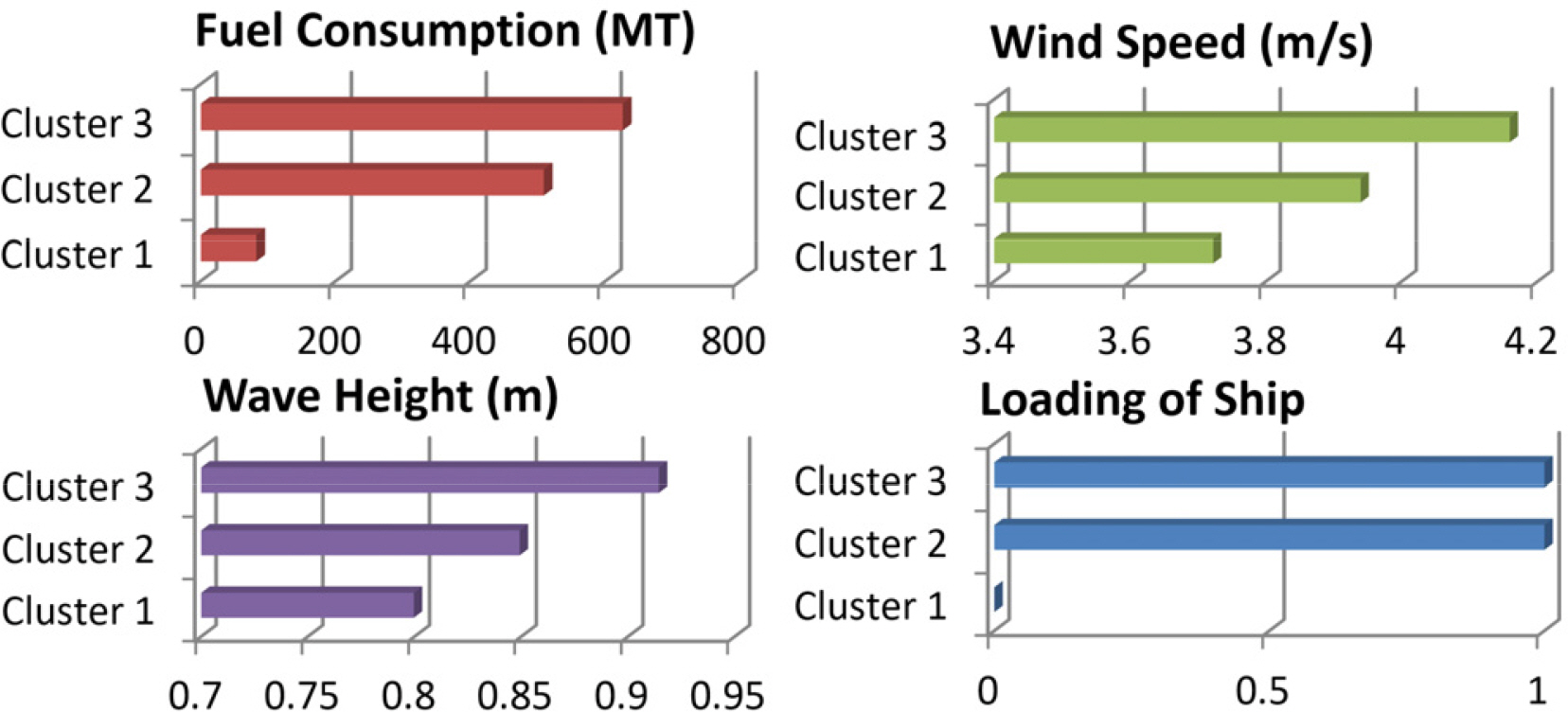Bialystocki, N., & Konovessis, D. (2016). On the estimation of ship’s fuel consumption and speed curve: A statistical approach.
Journal of Ocean Engineering and Science,
1(2), 157-166.
https://doi.org/10.1016/j.joes.2016.02.001

Bocchetti, D., Lepore, A., Palumbo, B., & Vitiello, L. (2015). A statistical approach to ship fuel consumption monitoring.
Journal of Ship Research,
59(3), 162-171.
https://doi.org/10.5957/jsr.2015.59.3.162

Doulgeris, S., Zacharof, D. N., Toumasatos, Z., Kolokotronis, D., & Samaras, Z. (2020). Real world fuel consumption prediction via a combined experimental and modeling technique.
Science of the Total Environment,
734, 139254.
https://doi.org/10.1016/j.scitotenv.2020.139254


Ghaemi, M. H., & Zeraatgar, H. (2021). Analysis of hull, propeller and engine interaction in regular waves by a combination of experiment and simulation.
Journal of Marine Science and Technology,
26, 257-272.
https://doi.org/10.1007/s00773-020-00734-5

Jimenez, V. J., Kim, H., & Munim, Z. H. (2022). A review of ship energy efficiency research and directions towards emission reduction in the maritime industry.
Journal of Cleaner Production,
366, 132888.
https://doi.org/10.1016/j.jclepro.2022.132888

Koboević, Z., Bebić, D., & Kurtela, Z. (2019). New approach to monitoring hull condition of ships as objective for selecting optimal docking period.
Ships and Offshore Structures,
14(1), 95-103.
https://doi.org/10.1080/17445302.2018.1481631

Kuroda, M., Takagi, K., Tsujimoto, M., & Fujisawa, J. (2017). Measurement of added resistance in irregular waves and estimation of the long-period components.
Journal of the Japan Society of Naval Architects and Ocean Engineers,
24, 181-188.
https://doi.org/10.2534/jjasnaoe.24.181

Shi, Y., Xue, S., Zhang, X., & Huang, T. (2020). Data-aware monitoring method for fuel economy in ship-based CPS.
IET Cyber-physical Systems: Theory & Application,
5(3), 245-252.
https://doi.org/10.1049/iet-cps.2019.0080

Shigunov, V., Moctar, O., Papanilolaou, A., Potthoff, R., & Liu, S. (2018). International benchmark study on numerical simulation methods for prediction of manoeuvrability of ships in waves.
Ocean Engineering,
165, 365-385.
https://doi.org/10.1016/j.oceaneng.2018.07.031

Tran, T. A. (2021). Effects of the uncertain factors impacting on the fuel oil consumption of sea ocean-going vessels based on the hybrid multi criteria decision making method.
Ocean Engineering,
239, 109885.
https://doi.org/10.1016/j.oceaneng.2021.109885

Tillig, F., Ringsberg, J., Psaraftis, H., & Zis, T. (2020). Reduced environmental impact of marine transport through speed reduction and wind assisted propulsion.
Transportation Research Part D: Transport and Environment,
83, 102380.
https://doi.org/10.1016/j.trd.2020.102380

United Nationals Conference on Trade and Development (UNCTAD). (2017). Review of Maritime Transport 2017, Geneva, Switzerland.
Yin, Q., Ding, Z., Ding, K., & Liu, G. (2017). Design of a real-time ship fuel consumption monitoring system with self-checking function.
2017 4th International Conference on Transportation Information and Safety (ICTIS). 735-738.
https://doi.org/10.1109/ICTIS.2017.8047849

Yeh, C. K., Lin, C., Shen, H., Cheruiyot, N. K., Nguyen, D., & Chang, C. (2022). Real-time energy consumption and air pollution emission during the transpacific crossing of a container ship.
Scientific Reports,
12, 15272.
https://doi.org/10.1038/s41598-022-19605-7



Yuan, Z., Liu, J., Zhang, Q., Liu, Y., Yuan, Y., & Li, Z. (2021). Prediction and optimization of fuel consumption for inland ships considering real-time status and environmental factors.
Ocean Engineering,
221, 108530.
https://doi.org/10.1016/j.oceaneng.2020.108530





